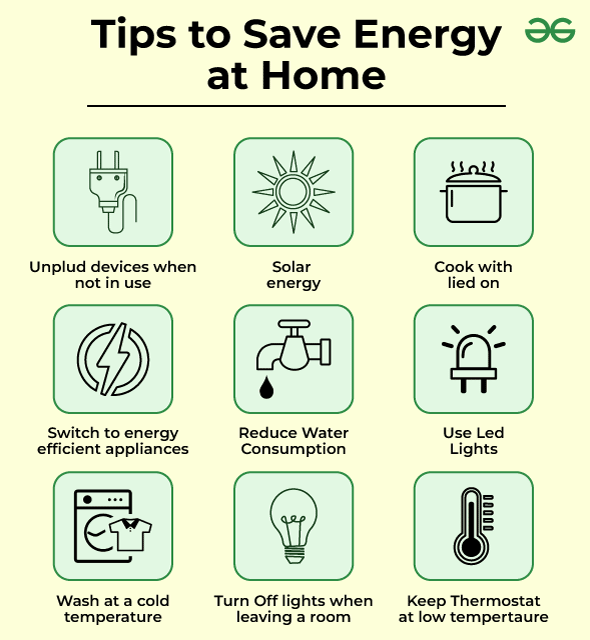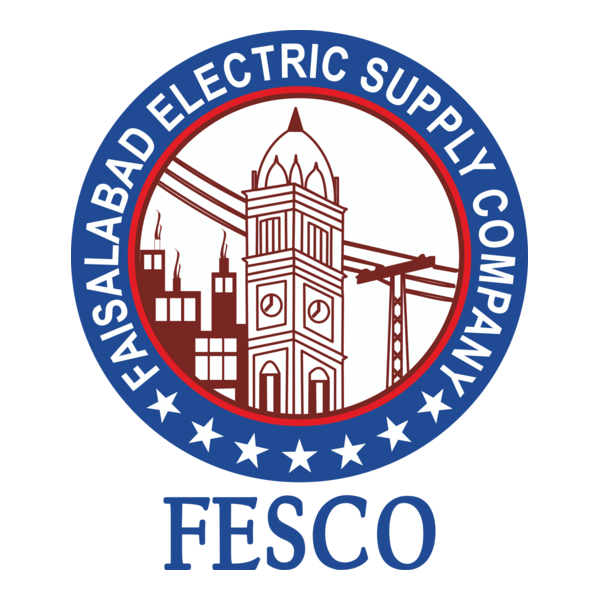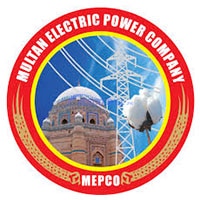
Saving electricity is crucial, especially in Pakistan where electricity costs can be high and subject to frequent changes (due to the slab system and other factors). Here’s a detailed guide on how to save electricity, applicable in Peshawar and across Pakistan.

I. Smart Habits & Behavioral Changes (No Cost / Low Cost)
These are the easiest and most immediate ways to reduce your consumption:
- Turn Off Lights and Electronics:
- Lights Off: Always switch off lights when you leave a room, even if it’s just for a few minutes. Make it a habit.
- Unplug “Vampire” Devices: Many appliances (TVs, phone chargers, laptops, microwaves, gaming consoles, set-top boxes, etc.) consume “phantom load” or “standby power” even when turned off but still plugged in. Unplug them from the wall or use power strips with on/off switches to cut power completely. This can save 5-10% on your bill.
- Computers: Put computers to sleep or shut them down when not in use for extended periods.
- Optimize Heating and Cooling (ACs & Heaters): This is usually the biggest energy consumer.
- Moderate AC Settings: In summer, set your AC thermostat to a comfortable but not excessively cold temperature, ideally between 26°C and 28°C. Every degree lower significantly increases electricity consumption.
- Use Fans with AC: Use ceiling fans in conjunction with your AC. Fans circulate the cool air, making the room feel cooler, allowing you to set the AC thermostat higher and still feel comfortable.
- Regular AC Maintenance: Clean or replace AC filters monthly. Dirty filters restrict airflow, making the AC work harder and consume more electricity. Get your AC serviced annually.
- Block Sunlight: During hot days, keep curtains and blinds closed on windows that receive direct sunlight to prevent heat from entering your home.
- Insulation: Ensure your doors and windows are properly sealed to prevent cool air from escaping (in summer) or warm air from escaping (in winter). Use weatherstripping or caulk for gaps.
- Targeted Heating/Cooling: Only heat or cool the rooms you are actively using. Close doors to unoccupied rooms.
- Efficient Laundry Habits:
- Full Loads: Only run your washing machine when it’s completely full.
- Cold Water Wash: Use cold water for washing clothes whenever possible. Heating water consumes a lot of electricity. Modern detergents are effective in cold water.
- Air Drying: Whenever weather permits, line dry your clothes outdoors. If drying indoors, use a drying rack or hang clothes. Tumble dryers are massive energy users.
- Smart Kitchen Use:
- Refrigerator/Freezer:
- Keep your fridge and freezer full but not overloaded. Full units retain cold better.
- Ensure door seals are tight (test by closing the door on a piece of paper – it should hold firmly).
- Allow hot food to cool down completely before placing it in the refrigerator.
- Set appropriate temperatures: 4-5°C for the fridge and -15 to -18°C for the freezer.
- Defrost your freezer regularly if it’s not frost-free. Ice buildup reduces efficiency.
- Cooking:
- Use lids on pots and pans when cooking to trap heat and cook food faster.
- Use a microwave for reheating or cooking small portions; it’s more efficient than a full oven.
- Only boil the amount of water you need in an electric kettle.
- Turn off stove burners a few minutes before food is fully cooked; residual heat will finish the job.
- Refrigerator/Freezer:
- Water Heating (Electric Geysers):
- Set Temperature: If you have an electric geyser, lower its thermostat to a comfortable, but not scalding, temperature.
- Timers: Use a timer for your geyser to heat water only when you need it (e.g., an hour before morning showers), rather than keeping it on 24/7.
- Shorter Showers: Take shorter showers.
- Fix Leaks: Repair any dripping faucets immediately.
II. Home Upgrades & Investments (Long-Term Savings)
These require an initial cost but offer significant savings over time:
- Switch to LED Lighting: This is one of the most impactful upgrades. Replace all traditional incandescent and CFL bulbs with LED (Light Emitting Diode) bulbs. LEDs use 75-90% less energy and last much longer.
- Improve Home Insulation:
- Walls & Roof: Good insulation is crucial in Peshawar’s varying climate. Proper insulation keeps your home cooler in summer and warmer in winter, drastically reducing the need for ACs and heaters.
- Windows: Consider energy-efficient windows, or at least use heavy curtains/blinds to provide an insulating layer.
- Invest in Energy-Efficient Appliances:
- When buying new appliances (refrigerator, washing machine, AC), look for models with inverter technology. Inverter ACs, for example, can save 60-70% energy compared to conventional ones by adjusting compressor speed.
- Look for appliances with local energy efficiency ratings (if available) or international certifications like ENERGY STAR.
- Consider Solar Panels:
- While a significant upfront investment, installing a solar power system can drastically reduce or even eliminate your electricity bill. Pakistan has abundant sunshine, making solar a viable option.
- Solar Panel Prices in Peshawar (Approximate, as of June 2025):
- Per Watt: PKR 26 to PKR 36 per watt for A-grade panels (depending on brand like Canadian, Jinko, Longi, JA, Trina). B-grade panels are slightly cheaper.
- Individual Panels: A 550W A-grade panel might cost around PKR 14,000 – PKR 20,000.
- Full Systems: A 5KW solar system installed in Peshawar can range from PKR 5.5 Lacs to PKR 9 Lacs or more depending on type (on-grid, off-grid, hybrid) and battery inclusion.
- Consult with local solar companies for precise quotes and system sizing based on your consumption.
- Smart Home Devices:
- Smart Thermostats: These can learn your habits and optimize heating/cooling schedules automatically.
- Smart Plugs/Timers: Allow you to control appliances remotely or set schedules for them to turn on/off.
III. Understand Your Bill & Tariffs
Knowing how you’re charged helps you strategize:
- Slab System: In Pakistan, electricity tariffs for residential consumers operate on a “slab” system. The per-unit cost increases significantly as your consumption crosses certain thresholds (e.g., different rates for 1-100 units, 101-200 units, 201-300 units, etc.).
- Target Lower Slabs: The goal is often to stay within a lower consumption slab to avoid much higher per-unit charges.
- Current Tariff Example (Residential, as of early 2025 – Note: Tariffs can change, always check your latest bill or NEPRA’s website for exact current rates):
- Up to 50 units (Lifeline): Heavily subsidized, e.g., PKR 4-8/unit.
- 1-100 units (Protected): Around PKR 9-10/unit.
- 101-200 units: Around PKR 11-12/unit.
- 201-300 units: Around PKR 34-35/unit (can be a significant jump).
- Above 300 units: Rates can rise to PKR 40-50+ per unit, depending on consumption level and distribution company (PESCO for Peshawar).
- Time-of-Use (TOU) Tariffs: If you have a 3-phase connection, you might be on a TOU tariff where peak-hour electricity (e.g., evenings) is more expensive than off-peak hours (e.g., late night/early morning). If so, shift high-consumption activities (laundry, ironing, charging devices) to off-peak hours.
- Monitor Your Usage: Regularly check your meter readings or use smart meter data (if available) to understand your daily/weekly consumption. This helps identify energy-intensive activities.
By adopting these habits and considering relevant upgrades, you can significantly reduce your electricity consumption and lower your monthly bills.










